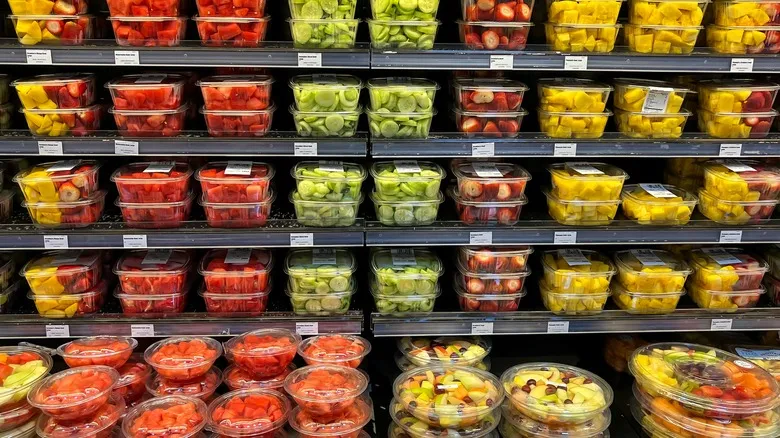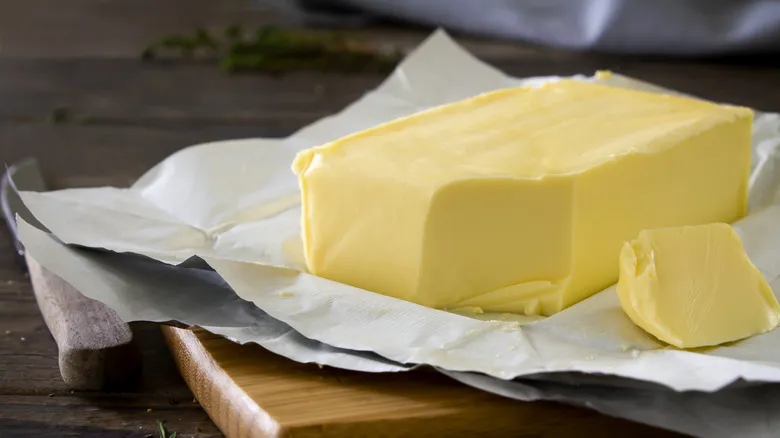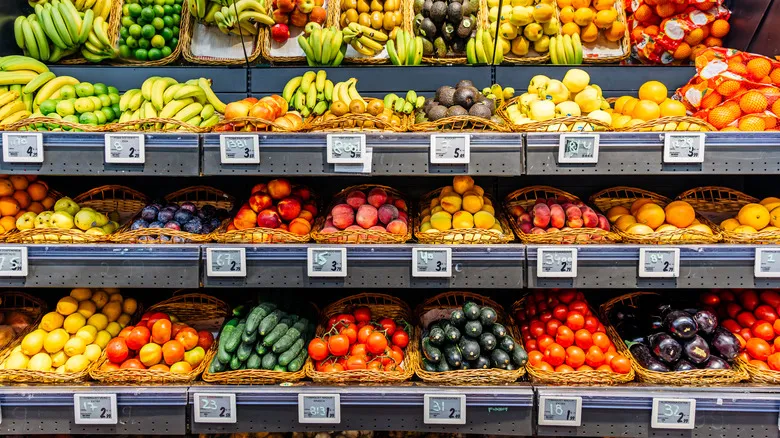Why buying food in-season helps your budget and your dinner

Until fairly recently, most fruits and vegetables could only be harvested during specific seasons, making them unavailable at other times of the year. However, that is largely no longer the case, as most produce is now accessible year-round in many parts of the world, allowing you to purchase items even when they are out of season. This modern convenience, however, comes with a price.
To supply these fruits and vegetables in grocery stores, additional processes are required during production. Much of the out-of-season produce is imported from countries with different climates. The transportation involved increases costs for manufacturers, which are then passed on to consumers, resulting in higher prices for out-of-season items. Additionally, this produce often takes longer to reach store shelves and may have undergone treatments to maintain its appearance. Consequently, the quality of this food may not match that of in-season produce sourced from local farms.
On the other hand, some out-of-season fruits and vegetables are cultivated in controlled environments. While this can reduce transportation costs, it incurs extra expenses related to lighting, environmental controls, and fertilizers. In summary, whether through extensive transportation or artificial growing conditions, these costs are reflected in your grocery bill and have negative implications for the environment as well.
Produce hacks to avoid at the grocery store to save money

While you're steering clear of purchasing out-of-season fruits and vegetables, another way to save money is to avoid pre-cut produce. These items can be convenient for individuals with mobility challenges who find it difficult to chop fresh produce. However, if you're simply trying to save a few minutes in your meal prep, it's best to skip them.
You may find yourself paying significantly more for pre-prepared fruits and vegetables compared to whole ones. Beyond the initial expense, there are additional drawbacks to consider. Pre-cut produce typically has a shorter shelf life, may be treated to mask its lack of freshness, and carries a higher risk of contamination. The exception to these concerns is frozen produce. Frozen options can be a cost-effective alternative to out-of-season items, as they are available year-round. Just keep in mind that some fruits and vegetables freeze better than others.
Recommended

There's One Grocery Store Butter Brand That'll Always Have A Spot In Our Fridge

How Many Ounces Of Juice Are In One Lemon?

The Actual Difference Between Tuna Canned In Water Vs Oil

Can You Really Take Coscto's Food Court Pizza 'Hot To Go'?
Next up

